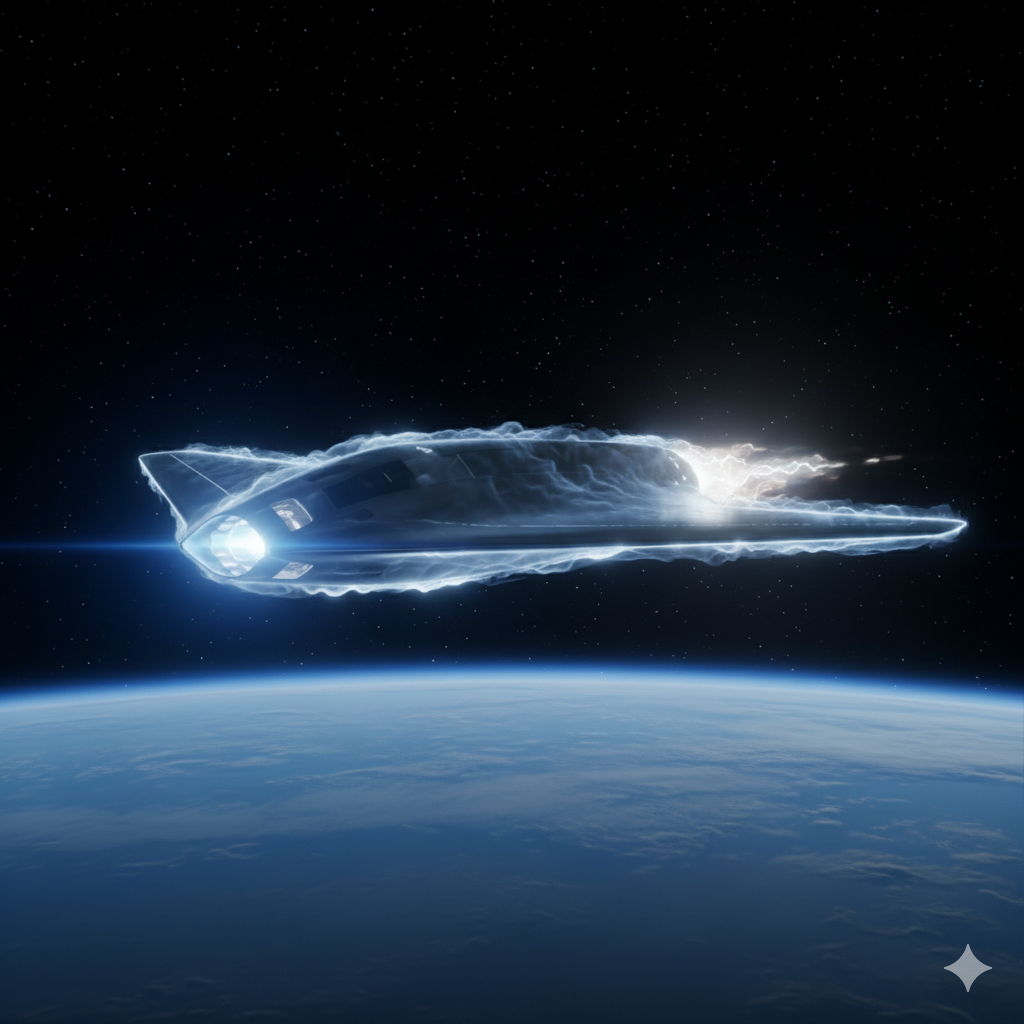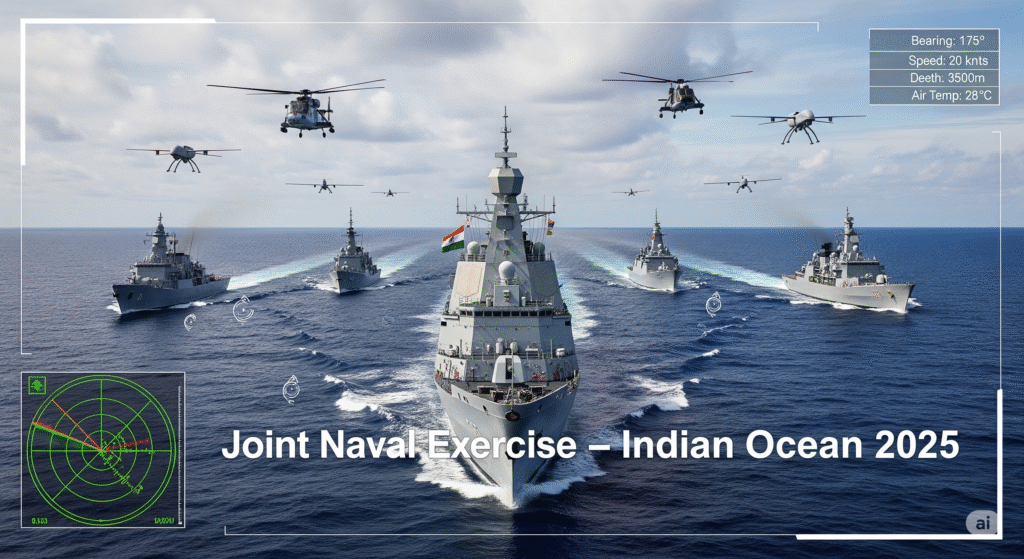DRDO’s HET: Hypersonic Engine Testbed Ignites Mach 8+ Future by 2028
In November 2025, DRDO achieves sustained Mach 8.2 flight for 22 seconds with scramjet-based Hypersonic Engine Testbed (HET)—a critical milestone for HSTDV-2 hypersonic cruise vehicle induction by 2028.
Chandipur, Odisha, November 4, 2025—In a breakthrough that places India among an elite global trio, the Defence Research and Development Organisation (DRDO) successfully conducted the first free-flight test of its Hypersonic Engine Testbed (HET) using an indigenous scramjet engine, achieving sustained Mach 8.2 (approximately 10,000 km/h) for 22 seconds at 36 km altitude. Launched atop an Agni-I derived booster from the Integrated Test Range (ITR), the HET validated critical hypersonic technologies and sets the stage for the operational Hypersonic Stand-off Cruise Vehicle (HSTDV-2) by 2028.
This milestone directly supports the BrahMos supersonic ecosystem and escalates India’s strategic reach beyond the Agni-VI MIRV program, enabling rapid-response hypersonic strike options.
HET: India’s Scramjet-Powered Leap
The Hypersonic Engine Testbed (HET) is a 5.5-meter-long, 1.2-ton demonstrator designed to validate:
- Scramjet combustion at Mach 6–9
- Thermal protection (ceramic matrix composites)
- Flight control in plasma sheath
- Fuel injection and ignition at 1,800°C
Key performance achieved:
- Speed: Mach 8.2
- Duration: 22 seconds of powered flight
- Altitude: 36.5 km
- Thrust: 4.2 kN (scramjet mode)
DRDO Chairman Dr. Samir V Kamat declared, “HET has proven that India can sustain hypersonic combustion—our next stop is a reusable cruise vehicle.”

HET lifts off on Agni-I booster—flame plume visible at T+0 (DRDO Photo)
Test Profile: From Booster to Scramjet Handover
The November 4 mission followed a precise sequence:
- T+0: Launch via solid-fuel booster (Agni-I first stage)
- T+45s: Booster burnout, apogee 38 km
- T+50s: Scramjet ignition (hydrogen fuel)
- T+52s to T+74s: Sustained Mach 8.2 cruise
- T+80s: Engine cutoff, data transmission
- T+300s: Splashdown in Bay of Bengal (recovered)
All objectives met: stable combustion, no flameout, thermal shield intact.
Indigenous Scramjet: Heart of the Program
Developed by DRDO’s Defence Research & Development Laboratory (DRDL) Hyderabad:
- Fuel: Gaseous hydrogen (stored in composite tanks)
- Injector: Cavity-based flame holder
- Materials: C/C-SiC nose cone, Niobium alloy combustor
- Cooling: Regenerative + film cooling
Combustion efficiency: 88% at Mach 8—world-class.
HSTDV-2: The Operational Cruise Vehicle
HET success clears path for HSTDV-2 (2028 induction):
- Range: 1,500–2,000 km
- Speed: Mach 7–9
- Warhead: 500 kg (conventional/nuclear)
- Launch: Air (Su-30MKI) or ground (TATRA TEL)
- Guidance: INS + mid-course SATCOM + terminal EO
Two variants planned: anti-ship and land attack.

HSTDV-2 concept: Waverider design, scramjet intake, deployable fins (DRDO Render)
Roadmap to 2028: From Testbed to Weapon
Post-HET milestones:
- 2026: HSTDV-1 (full airframe, Mach 7, 60 sec burn)
- 2027: Air-launch from Su-30MKI (Mahendragiri range)
- 2028: First squadron (6 launchers, 24 missiles)
- 2029: Nuclear-capable variant
Production partners: HAL (airframe), MIDHANI (materials), Tata (propulsion integration).
Strategic Impact: Beyond Enemy Defences
HSTDV-2 will:
- Penetrate S-400/HQ-9B in under 3 minutes
- Strike moving carrier groups at 1,800 km
- Enable time-critical targeting (e.g., terrorist launch pads)
- Force adversaries to invest in costly hypersonic defence
Complements Pralay (quasi-ballistic) and BrahMos-II (hypersonic booster-glide).
Global Context: Joining the Mach 8 Club
Only three nations have flown scramjets:
- USA: X-51A Waverider (Mach 5, 2013)
- Russia: Zircon (Mach 8, 2022)
- China: DF-17 (Mach 10, 2021)
India now joins with **sustained combustion** and **recoverable testbed**—a rare dual achievement.
Private Sector & Export Angle
Under iDEX and Atmanirbhar reforms:
- Godrej Aerospace: Thermal shields
- Alpha Design: Flight control avionics
- Export variant (HSTDV-E): 1,200 km range, MTCR-compliant
Target markets: Vietnam, Israel, UAE.
Conclusion
The HET test is not just a technical success—it’s a strategic inflection point. From Chandipur’s launch pad to the stratosphere at Mach 8, DRDO has proven that India can master the most challenging frontier in aerospace: sustained hypersonic flight. As HSTDV-2 takes shape by 2028, one truth emerges: **India’s next warhead will arrive before the enemy knows it’s coming**.
Stay hypersonic: We’ll bring you live from the **first air-launch trial over the Bay of Bengal, Q3 2027**.



